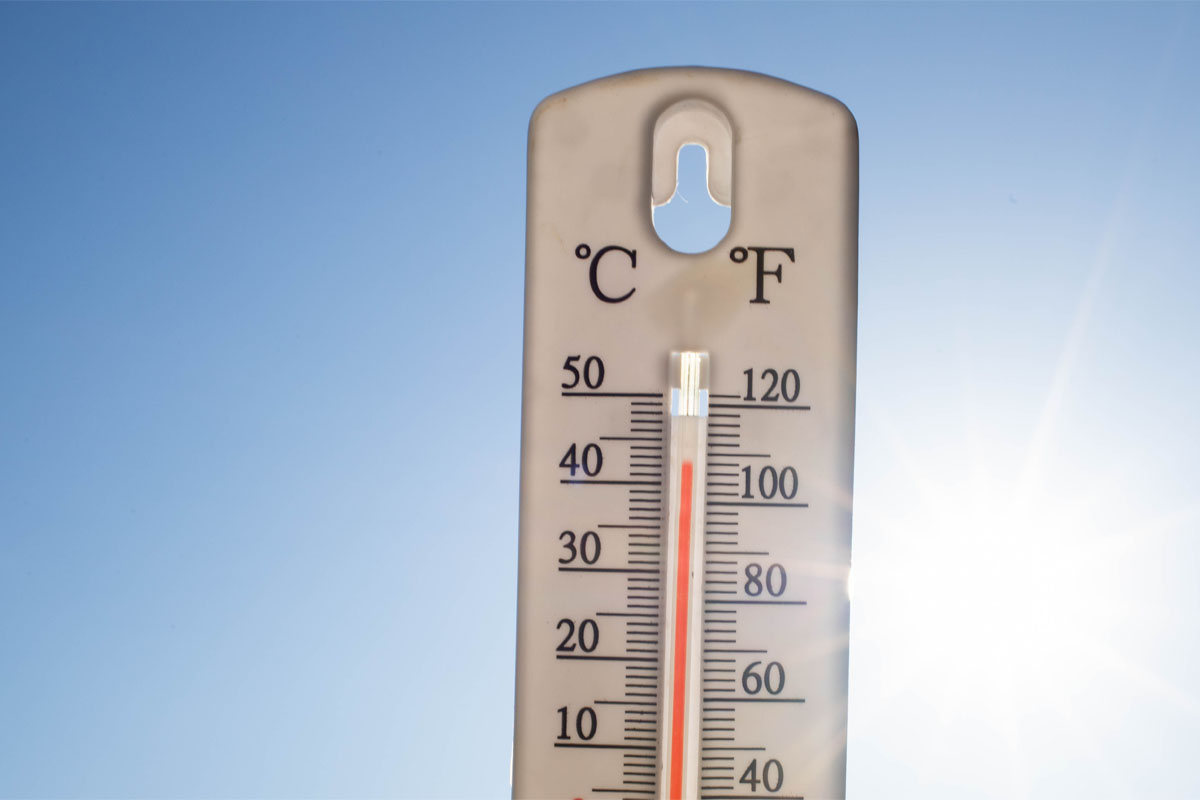By nature, heat rises and the highest hottest area in your home is your attic. Even on somewhat warm, 80° days, your attic can reach above 100° degrees. These high temperatures can be damaging to the major elements in your home like insulation, plumbing and/or electrical wiring, venting, that are usually found in the home’s attic area. Fortunately, attic fans can make a considerable difference in energy costs and in the lifespan of major elements previously mentioned. Consequently, new homes are being constructed with whole house fan systems in which prevents heat from building up in the attic of the house.
Solar and Electric Attic Fans
Solar attic fans or roof vents can considerably improve air flow in the attic area but isn’t as powerful as an electric fan. Devoid of an attic fan, the temperature in your attic can reach well above 150 degrees throughout the hottest months, like summer. The fan produces steady airflow through the attic area; On the other hand, when too much air flow is transferred between the attic and the outside, moisture from the outside can penetrate. In places of the county that have high humidity/wetness seasons, a humidity control system in your attic is suggested additionally to prevent moisture problems. The two most general types of solar/ electrical attic fans are roof top fans and gable end fans. Electric fans have more power and are more cost efficient, whereas solar powered fans are more expensive but leverages green electric power. Whichever you decide on, the attic fan(s) you have installed should have a thermostat that is programmable and a firestat, in which will turn the fan off should a fire break out. Stay away from plastic alternatives and purchase all metal in addition to models that that have screens that are solid to keep pests out of the attic.
Non-Mechanical Attic Ventilation
Also known “gable vents”, this kind of ventilation is found in a lot of older homes (pre ‘80’s). They are louvered and screened vents that are located up near the roofs peak in the side walls of your attic. They are rather efficient at keeping the highest area in the attic cooler; nevertheless, in place in which there is no movement of air, they can typically cause hot spots. If your home comes with gable vents, you are going to want to think about having a fan installed as well in which is going to remove the hot areas and keep things cool. The other alternative is to use ridge vents and soffit vents both of which are going to provide acceptable non-mechanical venting. Regrettably, a lot of roof designs do not allow for acceptable non-mechanical ventilation on its own for optimum performance.
Whole House Fan Systems
These systems keep empty zones from heating up and pull cooler air all over the home. For people that live in somewhat mild climates where the temperature is always below 82°, they can be used as an alternative to conventional home air conditioning. This is also the case for older homes in which it is too costly or challenging to have central air installed. One possible disadvantage for this type of system is noise, but it should run quiet and efficient when it is designed properly. Fans that have more blades are going to be more quiet than those with lesser blades and the fan should be installed with rubber or foam strips to decrease vibration and reduce noise.
Solar Attic Fan Installation In Phoenix
Elite Home Daylighting Systems offers tubular skylights and solar attic fan installation services to the entire Phoenix east valley. Service area includes Chandler, Gilbert, Mesa, Tempe & more! Contact us for a free quote today!
More Articles About Solar Fans
- Skylights Replacement Cost
- Skylights Near Me In East Valley Phoenix
- How Long Do Skylights Last
- Do Solar Attic Fans Work
- How To Clean Skylights In 5 Steps
- Everything You Need To Know About Solar Fans
- How To Install Solar Attic Fan
- Skylights Vs Solar Tubes: Costs, Pros And Cons
- 6 Easy Ways To Lower Your Electric Bill In Arizona
- Solar Attic Fans Pros And Cons
- Tubular Skylights Pros And Cons
- How Much Do Solar Tubes Cost?





